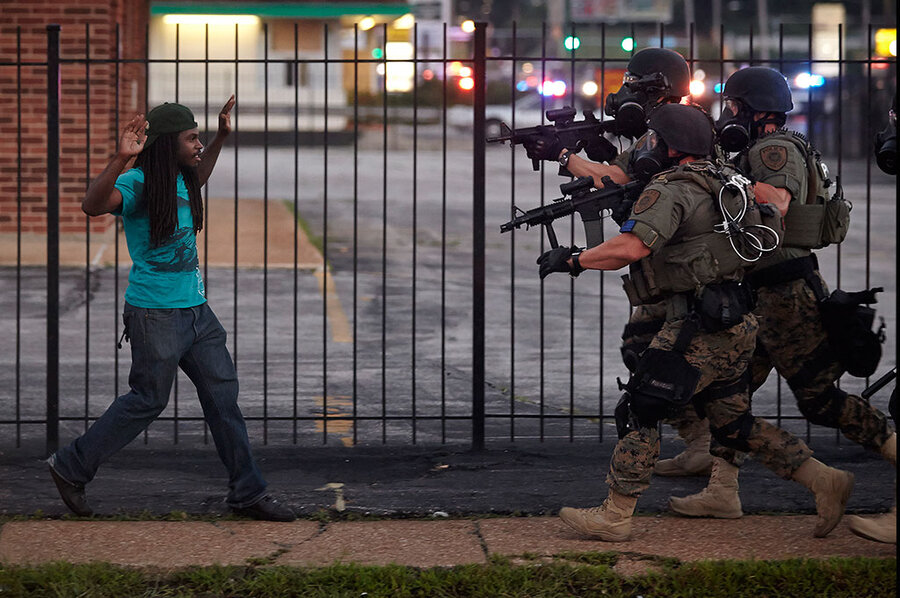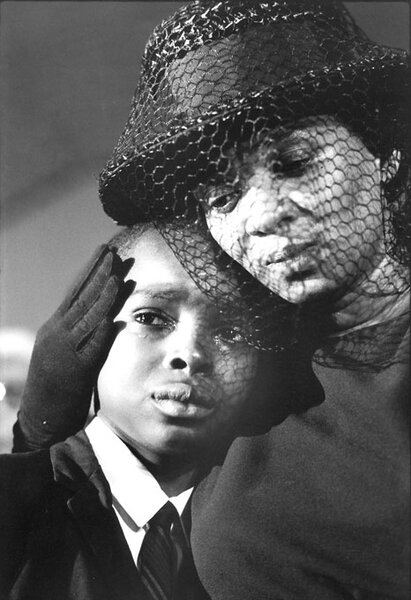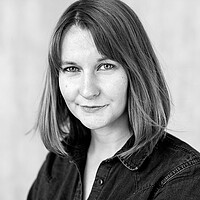Ferguson in the art world
Loading...
| Boston
It’s easy to be overwhelmed by the range of photo exhibits – from new experimental artists to historic documentary works – at the Association of International Photography Art Dealers show in New York City. What is harder to find at AIPAD are modern works of photojournalism. This is part of the reason that scenes from the racial turmoil in Ferguson by photojournalist Whitney Curtis stood out. Her work was exhibited by the Monroe Gallery of Photography there. To get a better sense of how images from Ferguson moved from the pages of a newspaper to a framed exhibit at an international art photography show, I caught up with gallery owner, Sid Monroe. Here are some excerpts:
ANN HERMES: What attracted you to the work of Whitney Curtis in Ferguson and what compelled you to display it at a AIPAD?
SID MONROE: The events in Ferguson burst into our visual consciousness through stunning images on television of large street protests being met with overwhelming military-grade armored police and equipment. There was a steady stream of still images coming from the protests through mainstream newspapers but also via social media. When we first saw Whitney's image of Rasheed Davis, it stopped us in our tracks. We immediately contacted her, and after several conversations she shared a body of work from her coverage of Ferguson.
Although these images were of events happening almost "live," we saw several of her photographs as echoing iconic civil rights images made decades earlier. The images spoke to us in the same manner as had Charles Moore's images from Birmingham in 1963, Steve Schapiro's from the 1965 Selma March, and so many other now-classic civil rights photographs.
We already had a major civil rights exhibit scheduled for the gallery from July 3 to Sept. 27 and wanted to include Whitney's Ferguson images. We had also already planned to feature photographs from the Selma march at the AIPAD Show in consideration of the 50th anniversary of the march. We quickly recognized the opportunity to exhibit Whitney's images alongside [them].
The reaction to Whitney's images [at AIPAD] was immediate and strong. Viewers and collectors confirmed our instinct that her images were historic. Her prints started selling on opening night, and throughout the show they were a highlight of our booth. It was interesting that some visitors did not realize the wall of civil rights images were from events decades apart until they read the caption cards.
HERMES: How do you select the photographers you work with?
MONROE: Early on, it was like a club: One by one, photographers approached us because a colleague had exhibited with us. It’s a combination of people coming to us, people we’ve put out feelers to, and it’s a very close-knit community. Almost all of our photographers are colleagues of some sort. In the past five years we have selectively approached a few contemporary photojournalists about exhibiting: Eric Smith, Nina Berman, Yuri Kozyrev, and most recently, Whitney Curtis.
HERMES: What was the inspiration behind showcasing documentary and photojournalist imagery?
MONROE: Our dedication to photojournalism dates back to 1988 and an introduction to the renowned LIFE magazine photographer Alfred Eisenstaedt. Michelle, then my soon-to-be wife and business partner, and I were both in our 20s, and "Eisie" as he liked to be called, was in his 80s. We were sitting across from a man who had witnessed history. That’s when we got hooked. Alfred Eisenstaedt was spry, sharp, and eager to talk about his career and life as a photojournalist. We helped organize an exhibition of his photographs in 1989, and it traveled nationally, and was huge at the time. It was on CNN, "Good Morning America," all the morning talk shows, and the inspiration was born to someday open a gallery devoted to photojournalism. In 1995, with two partners, we opened a gallery devoted to photography, with an emphasis on photojournalism, but when we moved to Santa Fe in 2002 our specialization was intensified.
Our first meeting with Eisenstaedt led to introductions to many other legendary photojournalists. Often, we met them in their retirement years, most had never considered making fine art prints or exhibiting their work. When we began, many of the photographers we represent now were still alive: Carl Mydans, John Dominis, Henri-Cartier Bresson were still living, as were many of the other LIFE photographers. It’s almost like a fraternity. One of the things we’ve been so passionate about is getting these photographers to make prints while they’re still alive. As a photojournalist, unlike a lot of other photographers, they never considered making prints during their lifetime. They were on assignment. They had a job to to. They got their assignment from LIFE or LOOK or whomever, they went out in the field, shot their work, sent their film back, and chances are they never even saw it.
When we met some of these photojournalists, particularly with Carl Mydans, we suggested that they go back through the work and see it fresh. He’s seen it in a magazine, or a book, but to sit down with a negative and a printer.... The printer would say, “Carl, you can make it this big or that big, we use different paper, crop it this way or that.” It opened up a whole new possibility for them in doing their work. We’ve met these photographers, we’ve encouraged them to do this, but a lot of times they’re hesitant. It’s just not something that’s in their thought process.
HERMES: Do you see the gallery as a home for this type of work in the art world?
MONROE: This is what we were passionate about. This is what we put on the walls. This is what we want to talk about. These photographers are heroes to us; we believe our collective society needs to see their work and know about them.
It was slow going in the beginning. We had many times where we had exhibits up, and the established photo collector would be like, “Gee, I don’t know about your gallery,” and then they’d look at it, and they’d say, “But isn't this photojournalism?” And we were like, “Yeah, isn’t it great?” And they just didn't understand why it was in a gallery. A lot of what we’ve tried to do is to expose and educate people about photojournalism.
Our goal is to spread the gospel of photojournalism, so getting the work seen by the public is critical. Moving to Santa Fe was very liberating, in a way, because in the New York art world, there’s a tremendous pressure. What’s hot? What’s the next big thing? More so in the art world, but it does also permeate into the photo world. So seeing old history on the wall wasn’t very sexy. Moving to Santa Fe, there’s more freedom, it seems, of peoples’ perceptions of art in general. We’ve tried to create an environment where the photographs speak for themselves. Visitors to the gallery experience the images, often they bring a personal history to particular subjects. It’s not uncommon to see viewers moved to tears. That is very powerful.
HERMES: Have there been some memorable encounters with some of the greats in the photojournalism field?
MONROE: We consider ourselves privileged to know, or to have known, so many great photojournalists personally in our careers, and their humanistic photography and kind hearts have informed us in both our personal and professional lives. Knowing Eisie and Carl Mydans will always be a highlight of our careers. More recently we were very close with Bill Eppridge, and we have been honored to show their work. My wife Michelle likes to say “We work for them.” And that’s true.
I do have a great story about Eisenstaedt. This was at an opening for one of Eisie’s shows. He was a small man, and he was very confident of his success, shall we say. So this was at a big opening, and lots of big collectors were invited. I had a collector who’d bought several of Eisie’s pictures, and he said he’d like to meet Eisie. I said absolutely, and he asked if his son could come, too. I said “Sure,” and made the introduction. Eisie was always very gracious, but he didn’t like to idly chitchat much. The man said, “Mr. Eisenstaedt, I just bought my son a camera, and I told him, 'Now you can take pictures like Eisenstaedt.'" And Eisenstaedt just stopped and gave him this stare, and he said, “My dear sir, I have ten fingers, and I cannot play the piano like Horowitz.”
See more on the Monroe Gallery of Photography's work and upcoming exhibits here.









